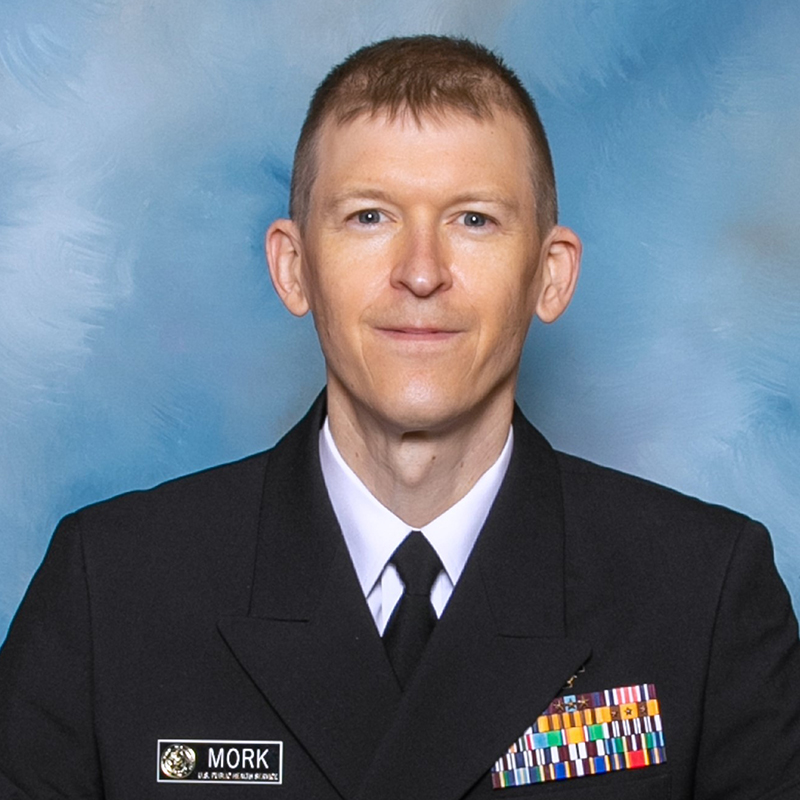Health literacy is the cornerstone of engaging patients to be partners in their health care. This concept clearly resonates with our IHS strategic goal “to ensure that comprehensive, culturally appropriate personal and public health services are available and accessible to American Indian and Alaska Native people.”
Within the health care system, in general, health literacy is integral to nearly every process related to patient care. However, unless we – as IHS, tribal and urban Indian organization employees – actively consider how health literacy is a part of common tasks and procedures, it can be easily overlooked. For example, it may be difficult for many of us to recognize that health literacy is a component of complex health care processes, such as referring a patient to a specialist, which often involves multiple steps and outside organizations. Conversely, some health literacy processes are easily identified, such as a provider using an informational handout while explaining a new medical condition to a patient.
Today, as part of October’s Health Literacy Month, I’d like to help you to recognize health literacy processes and most importantly how to develop a health literacy improvement plan to contribute to the best possible health outcomes for our patients.
The first step to recognize health literacy within your facility is to understand its definition. Healthy People 2030 addresses both personal health literacy and organizational health literacy with the following definitions:
- Personal health literacy is the degree to which individuals have the ability to find, understand, and use information and services to inform health-related decisions and actions for themselves and others.
- Organizational health literacy is the degree to which organizations equitably enable individuals to find, understand, and use information and services to inform health-related decisions and actions for themselves and others.
Now that we’ve reviewed definitions, what can we actually do to improve health literacy within our IHS, tribal and urban Indian organization health care facilities? Fortunately, there are several excellent online resources to help organizations address health literacy. For example, the Agency for Healthcare Research and Quality developed a Guide to Implementing the Health Literacy Universal Precautions Toolkit , which includes the following key sections:
- Path to Improvement
- Spoken Communication
- Written communication
- Patient Self-Management & Empowerment
- Supportive Systems for Patients
As outlined in this guide, AHRQ emphasizes the importance of forming a health literacy team at your facility to create a health literacy environmental plan and raise awareness of health literacy among your coworkers. This team-based approach relates directly to Indian Health Service’s commitment to “continuing efforts to achieve and maintain accreditation of IHS direct service facilities, align service delivery processes that improve the patient experience, ensure patient safety, and improve processes and strengthen communications for early identification of risks.”
In summary, health literacy is essential for high quality health care. I encourage everyone to contribute to health literacy efforts within the IHS. To learn even more about health literacy, please review the links provided below.
Related Content:



